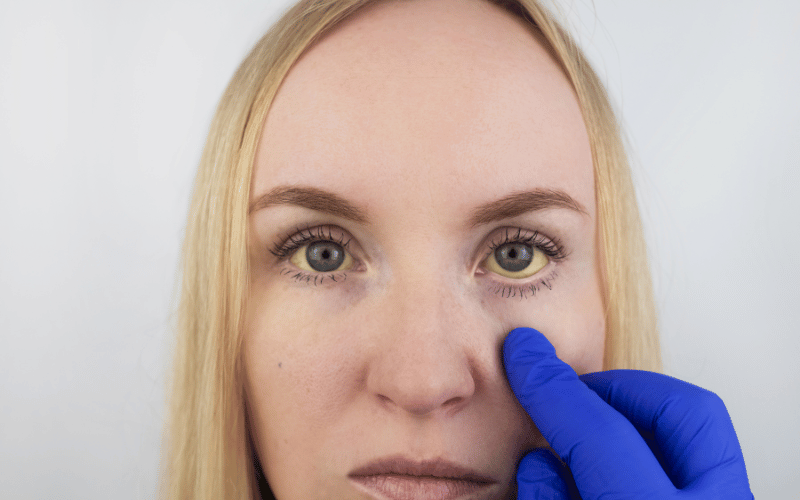4. Jaundice: The Distinctive Yellowing with Cholecystitis

Jaundice is an alarm bell, hard to ignore. This yellowing of the skin and eyes is not a common companion to chronic cholecystitis, but when present, it signifies a significant obstruction in the bile ducts, preventing the normal elimination of bile.
The discoloration is caused by the accumulation of bilirubin, a byproduct of red blood cell breakdown that is usually processed by the liver and excreted in the bile. When this pathway is blocked, bilirubin backs up into the bloodstream and diffuses into the tissues, casting its distinctive yellow hue.
What makes jaundice particularly fascinating is its visibility. Unlike other symptoms that require a patient to communicate their experience, jaundice is an overt sign, often prompting swift action. It’s a visual cue that can lead to further investigation into the health of the biliary system.
Jaundice may also manifest in less obvious ways, such as darkening of the urine or lightening of stools, as the normal routes of bilirubin excretion are compromised. These changes may initially be subtle but become more pronounced as the condition persists.
The onset of jaundice in chronic cholecystitis often marks an exacerbation of the condition and is a clear indicator that the inflammation has led to complications that may require more than conservative management. Its presence can thus signify the need for a more in-depth evaluation and potential intervention. (4)